Between the floating serenity of Venice and the golden façades of Paris lies Europe’s most legendary travel experience: the Venice Simplon-Orient-Express.
Owned and operated by Belmond, the train remains an icon of restored 1920s glamour, a corridor of lacquered marquetry and mohair velvet where the clocks seem to tick to an older, more deliberate rhythm.
Taking the train from Venice to Paris is the most classic route on the modern VSOE schedule: a 25-hour experience that is both historic and highly curated. Beneath its polished aesthetic is a logistical and service operation as smooth as the rails it runs on—though there are some things that first-time guests should know before stepping aboard.
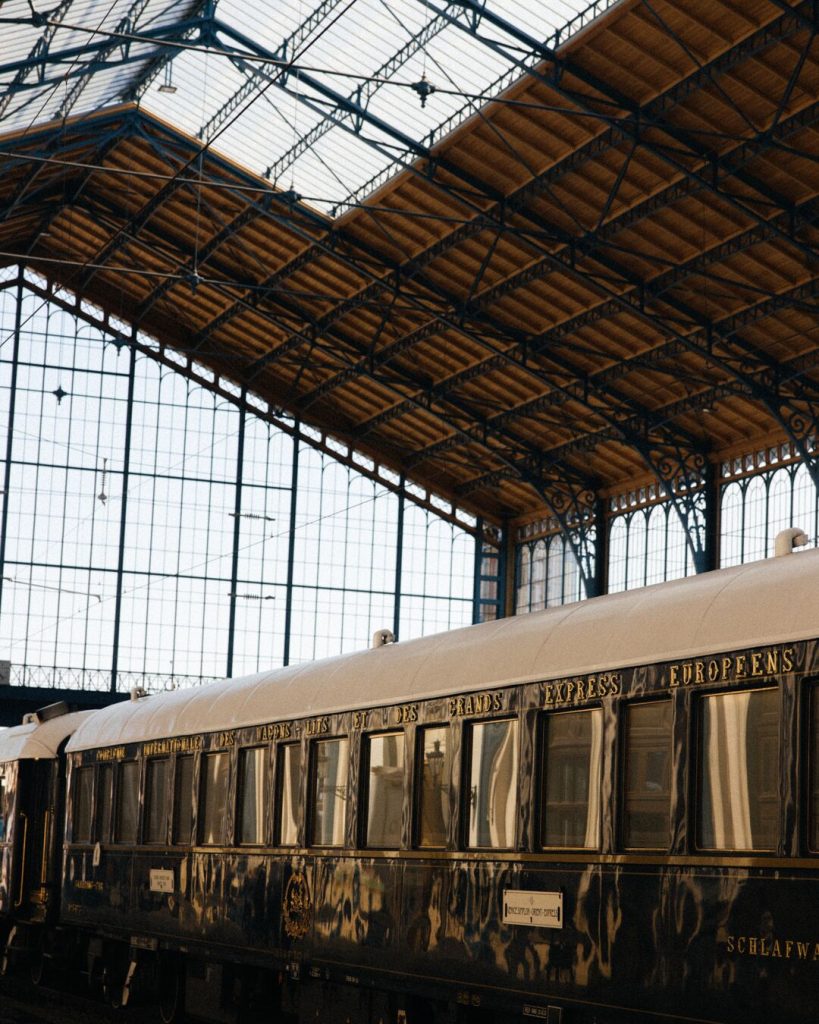
Route and Rhythm
The Venice Simplon-Orient-Express is a rolling heritage train composed of 17 original 1920s and 1930s carriages, painstakingly restored and maintained by Belmond. Each carriage has its own story, some having transported European aristocracy and foreign diplomats, others surviving through world wars and decades of disrepair before being rescued and revitalised in the 1980s.
The Venice-to-Paris journey is among the most quintessential in the train’s seasonal calendar. It begins at Venice’s Santa Lucia Station, with stewards in pale blue livery greeting guests beside the train’s navy-and-gold exterior. From there, the train travels northwest through the Veneto and into the Dolomites, crossing the Brenner Pass into Austria, then on into Switzerland and finally France, arriving at Paris the following morning.
See also: Aman Nai Lert Bangkok Opens With One Of The Largest Wellness Spaces In The City
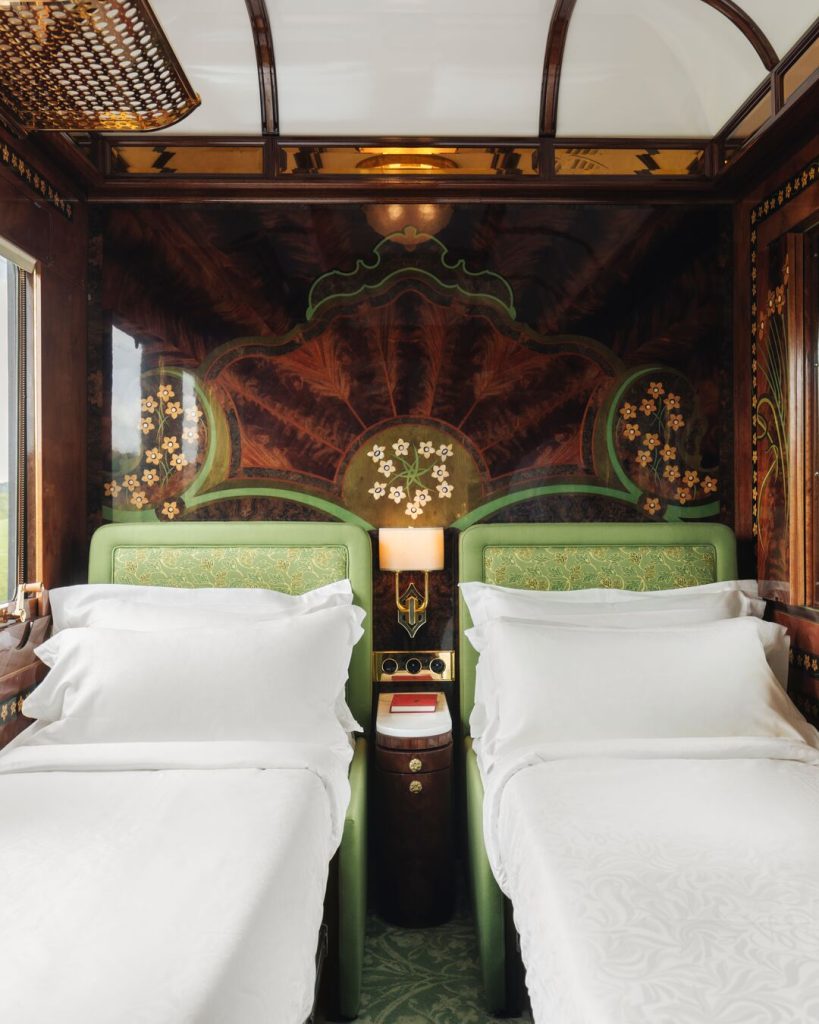
Accommodation
Composed of 17 original carriages from the 1920s and 30s, the train functions not only as transport but as a moving monument to design. Each sleeping car has been meticulously restored to period detail. Rich in panelled wood, Art Deco flourishes, and hand-finished brass fittings, the cabins evoke a time when even small spaces were shaped with reverence.
Accommodation is offered across four categories. The Historic Cabins—original in both footprint and feel—are compact yet deeply atmospheric. By day, they are configured as a private lounge with a banquette and writing table; by night, they transform into sleeping compartments with upper and lower berths. Washbasins are cleverly concealed, and shared lavatories are located at either end of the carriage.
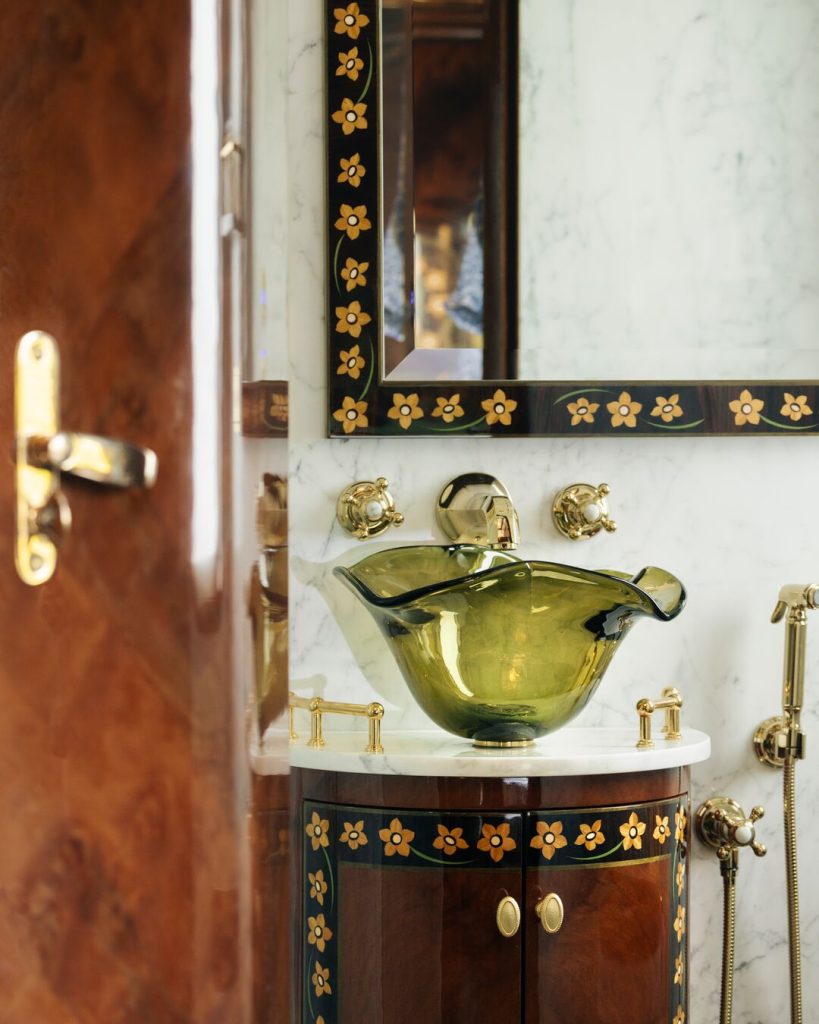
The newly introduced Suites offer increased space and comfort, including double or twin beds, en-suite bathrooms with showers, and decor from top designers like Dufrene and Lalique.
The Grand Suites are also indulgent in every sense, with full private bathrooms, living space, bespoke design, and the option of in-suite dining. Each one bears the name and personality of a historic city—Venice, Istanbul, Paris—and channels its aesthetic with quiet grandeur.
Unveiled in 2024, L’Observatoire Suite by JR is at the top end of the train’s accommodation offerings and transforms an entire carriage of the Venice Simplon-Orient-Express into a celestial sanctuary of art and design. Inspired by observatories and crafted with bespoke marquetry, stained glass, and hidden details, the suite features a bedroom with oculus skylight, freestanding bath, private dining, and a secret tearoom—blending timeless craftsmanship with JR’s visionary storytelling.
See also: Embark On A Luxury Hiking Retreat For Sober & Sober-Curious Women In Moab, Utah
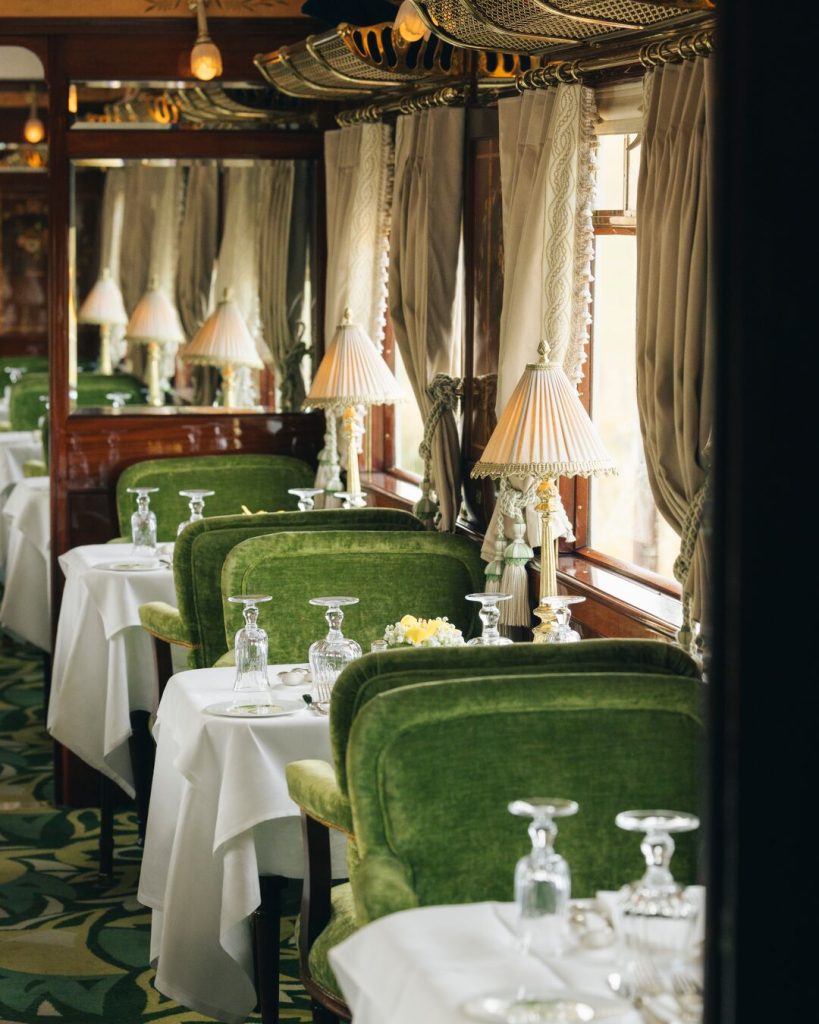
Dining
With menus overseen by MICHELIN-starred chef Jean Imbert, meals are seasonally driven and subtly regionally influenced, reflecting the train’s path through the Alpine corridor. Dishes are plated with precision and presented with quiet ceremony in one of three dining cars.
Lunch might include a tuna tartare followed by veal with morels; dinner is a more elaborate four-course affair with dishes such as green asparagus with citrus, and sea bass and caviar. The bar car offers a curated list of classic cocktails and wines; and Veuve Clicquot champagne.
While meals are included in the fare, some drinks are not—a detail worth knowing, though rarely minded. Breakfast is served privately in-cabin at sunrise, with trays of warm pastries, fresh fruit, and coffee arriving as the train nears the French countryside. There’s also a lunch before arriving at the station, and there are snacks like afternoon tea and tea time between meals.
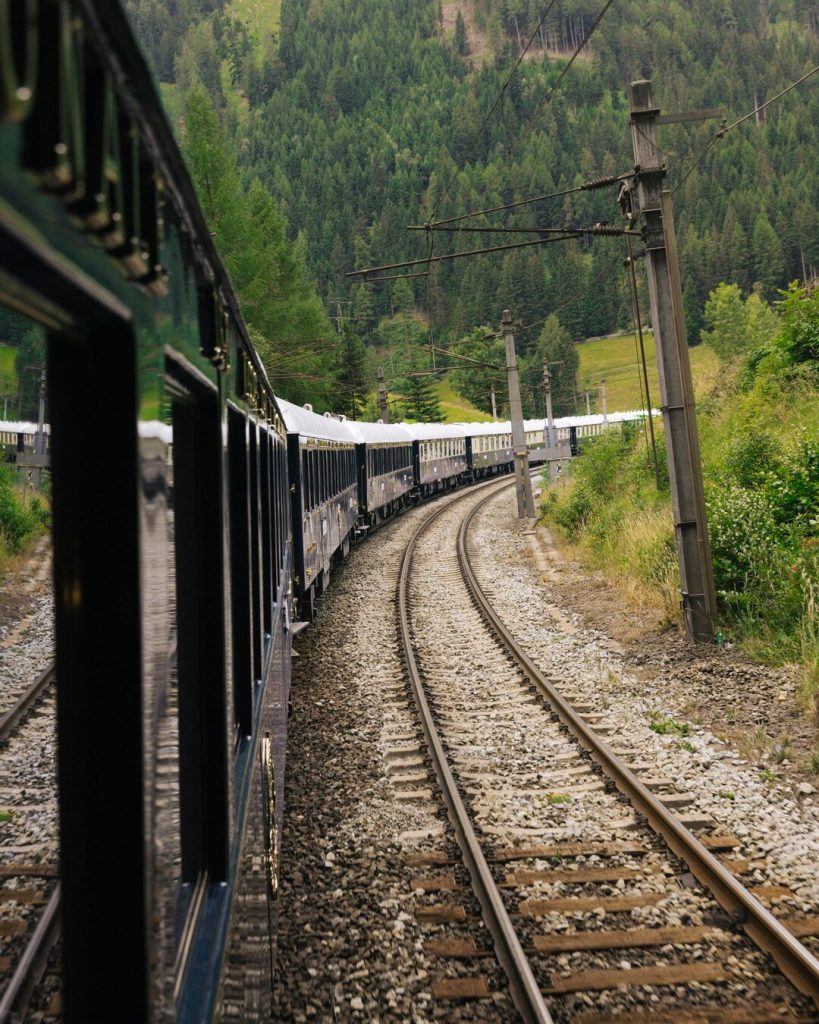
Atmosphere and Etiquette
Days are shaped by the curve of the landscape, the rhythm of meals, the social interludes in the bar car. There is a piano, played gently in the evenings; guests dress for dinner in tuxedos and evening gowns, not for spectacle, but for the pleasure of tradition.
Books are read. Journals are written. Conversations flow easily. Most first-timers speak of a distinct shift in energy—an almost monastic quiet that sets in not long after departure. Rest comes deeply here, rocked by the near-silent movement of the train and wrapped in the privacy of heavy velvet curtains.
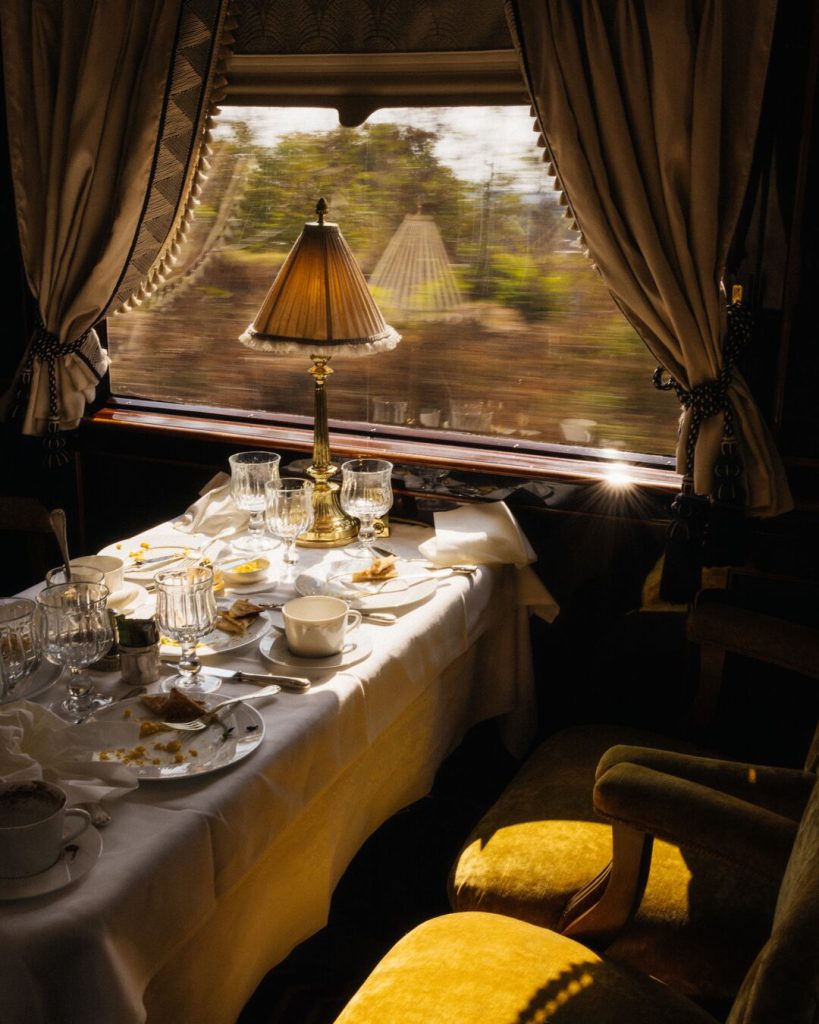
A Slower Kind of Luxury
Luxury today is often defined by what can be added: more amenities, more access, more efficiency. On the Venice Simplon-Orient-Express, it is defined instead by what is taken away—distraction, haste, noise. The experience is not designed to entertain, but to recalibrate.
There are no screens, no schedules—only the steady rhythm of the rails.
The journey from Venice to Paris is less about distance than perspective. It is not transformative in a dramatic sense, but in a deeply restorative one. There are few places left where time is offered so freely—and even fewer that feel quite so enchanted while doing so.
